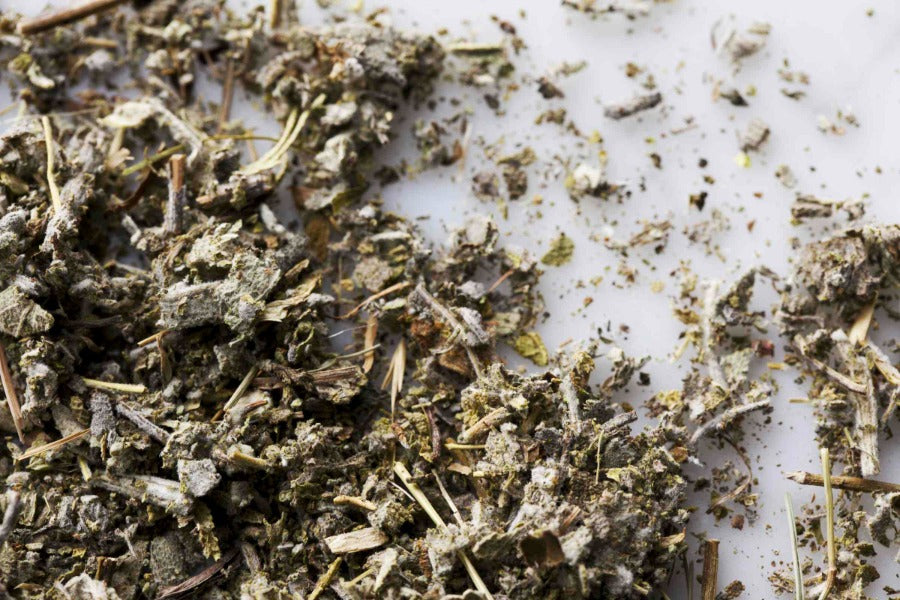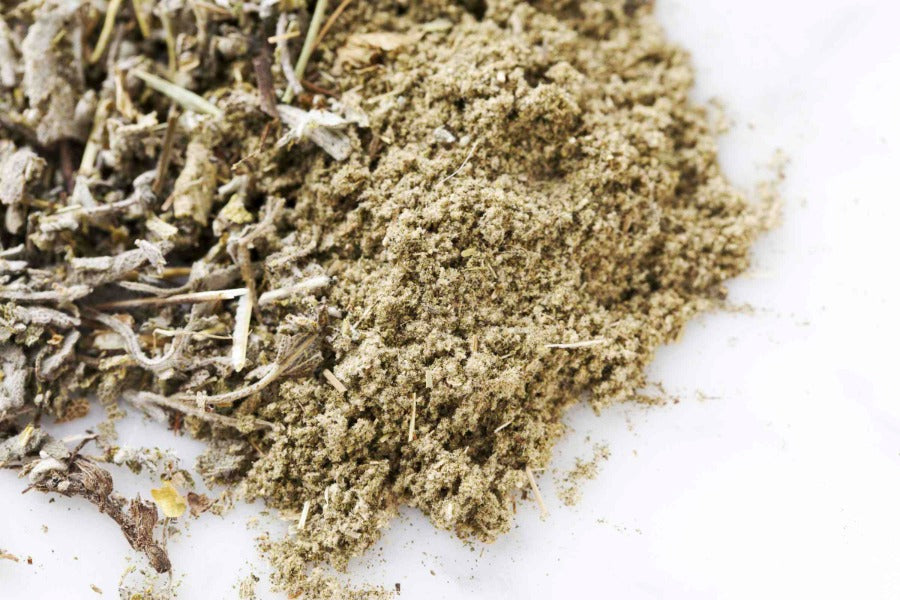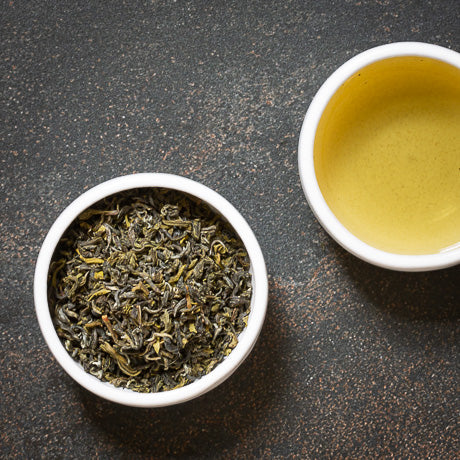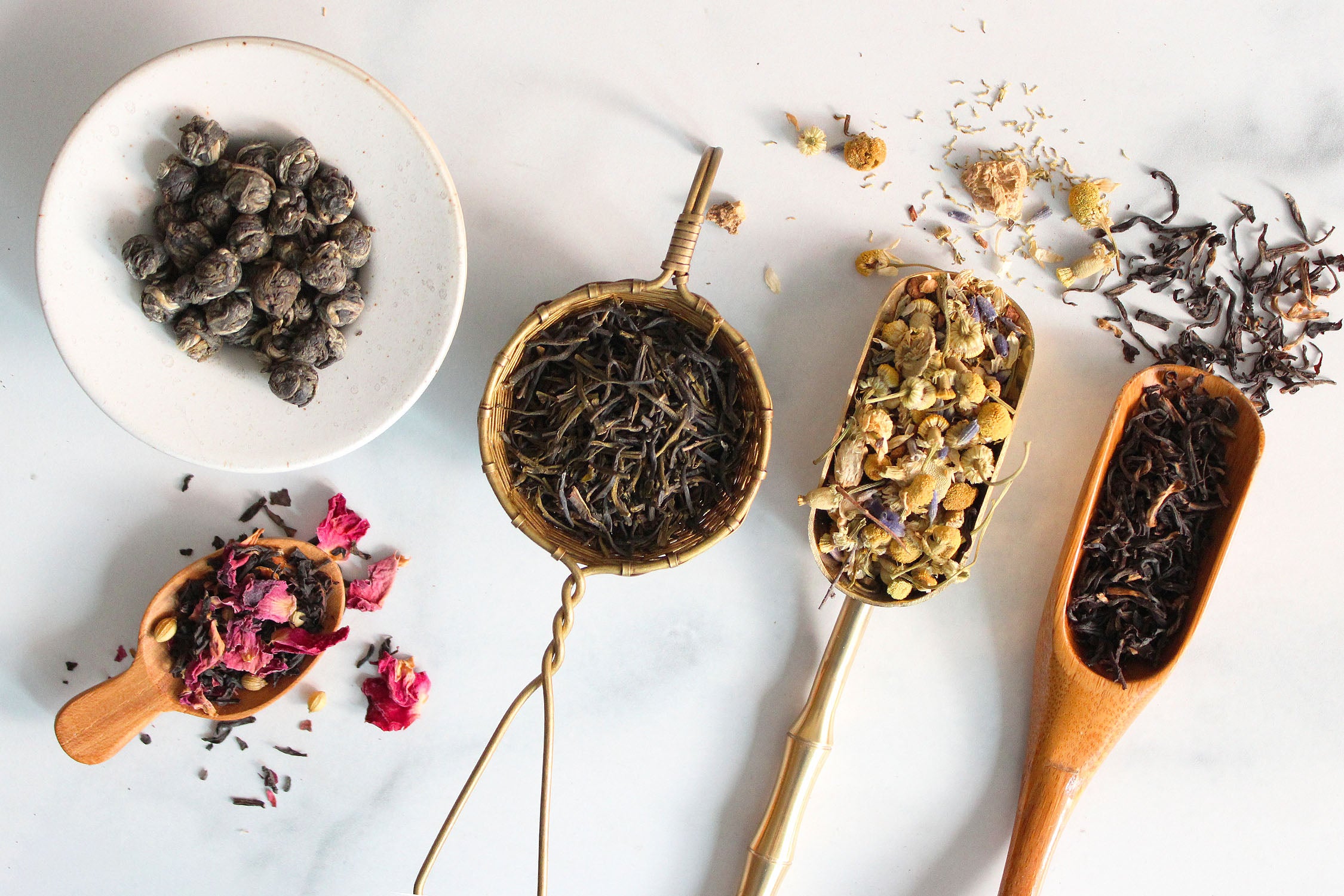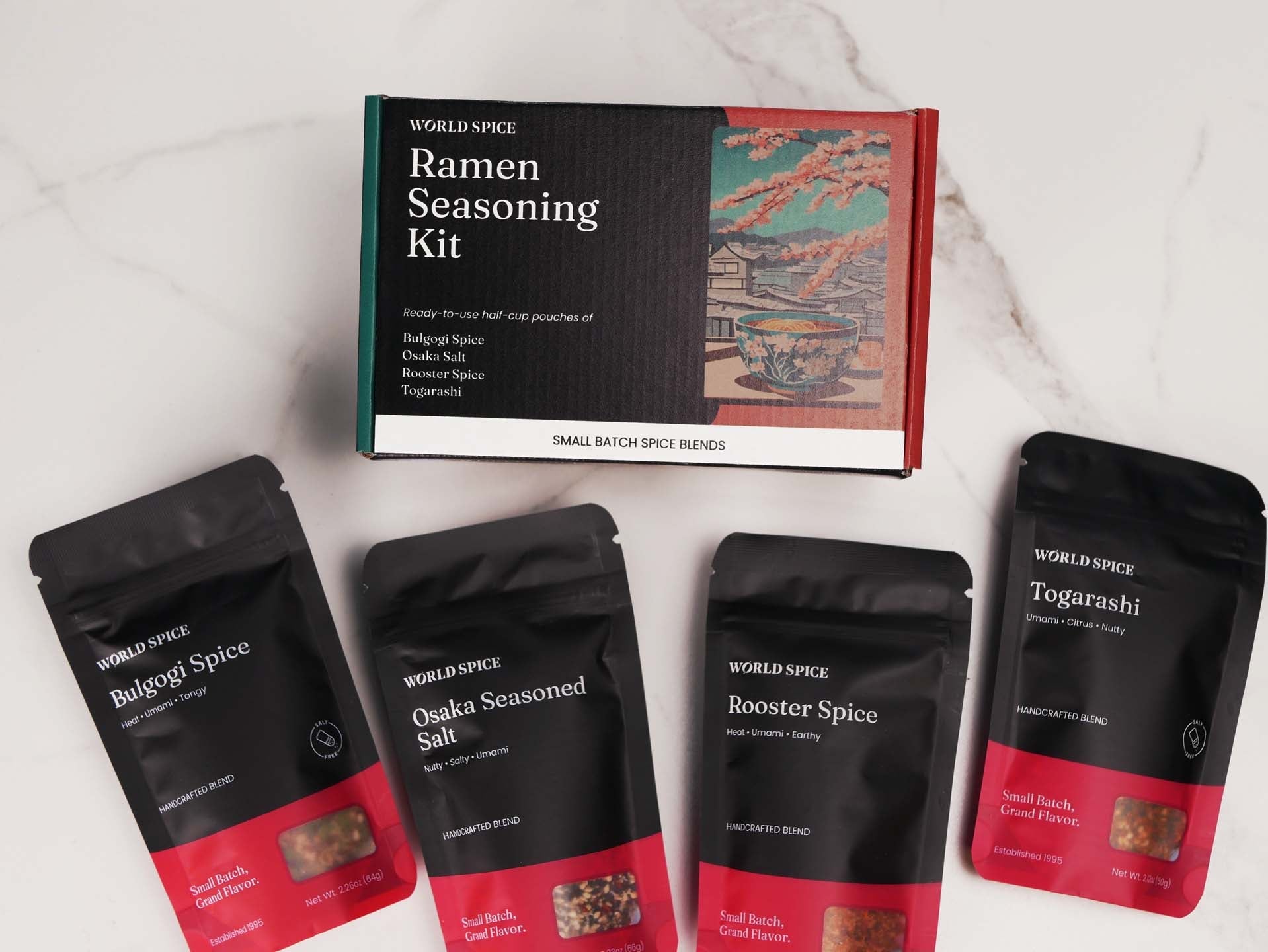Sage
The woodsy aroma of sage works best with hearty foods, from turkey and stuffing at holiday time to chicken, pork, or bean dishes any time of year.
Couldn't load pickup availability
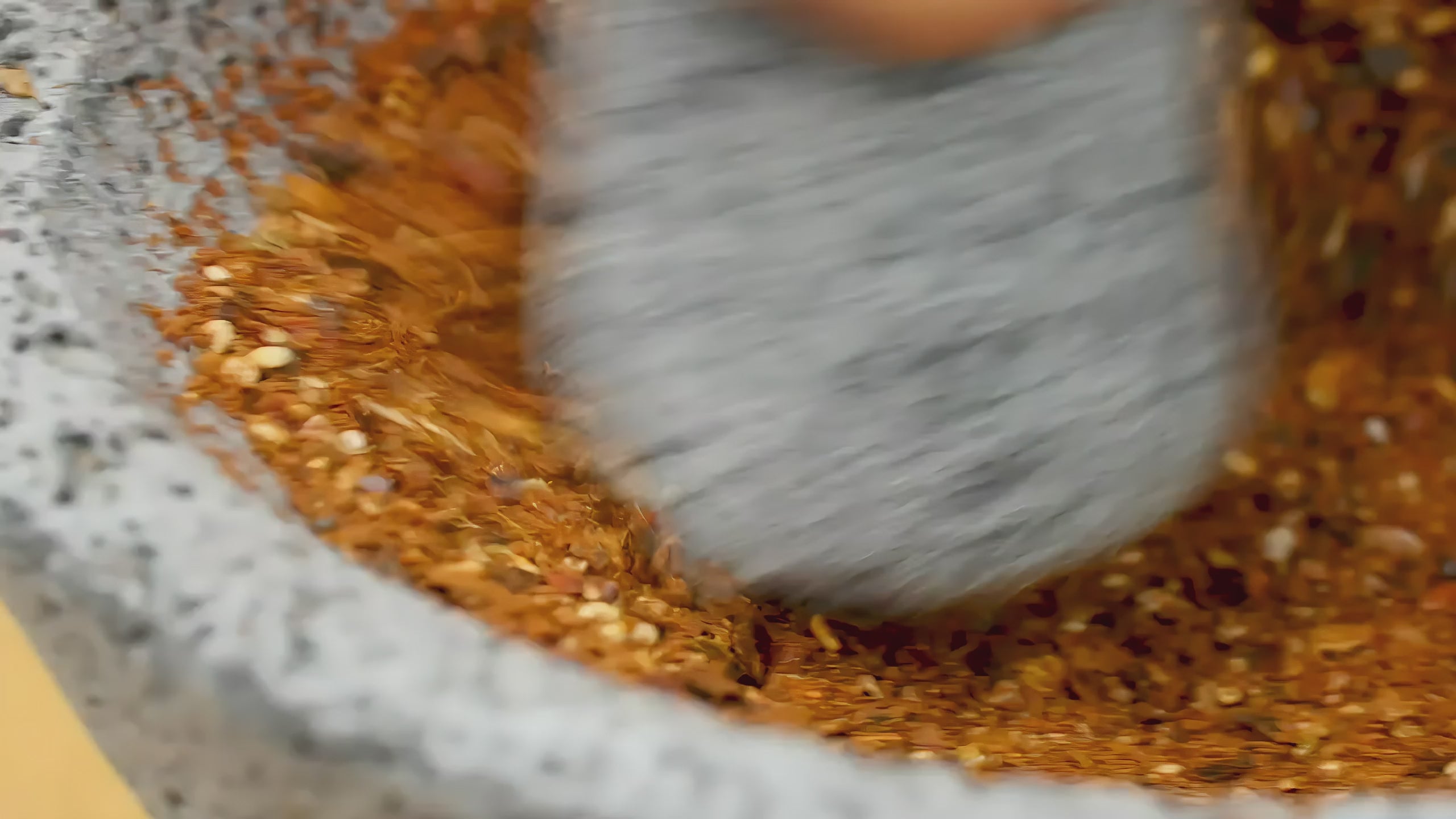
The world's most versatile artisan spice & tea library.
Since 1995, we've been sourcing and supplying the finest flavors from around the world — over 250 spices, blends, and teas. Nearly all of our spices are available whole or ground!
Our spices & teas are vegan, gluten-free, and completely filler-free, with a range of sizes to suit every need.
We create & blend our own products, and grinding occurs in small batches shortly before shipping.
Recently Viewed
Give $10, Get $10
Refer a friend to purchase from World Spice, and they'll get $10 off their first order — and you'll get $10 in store credit.






